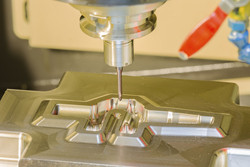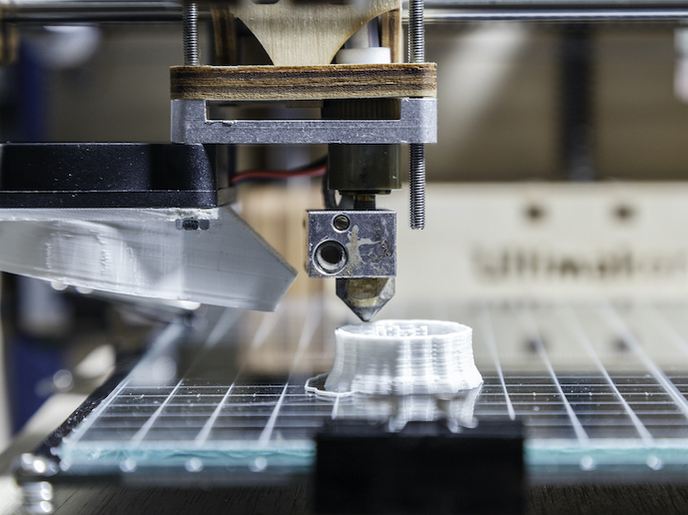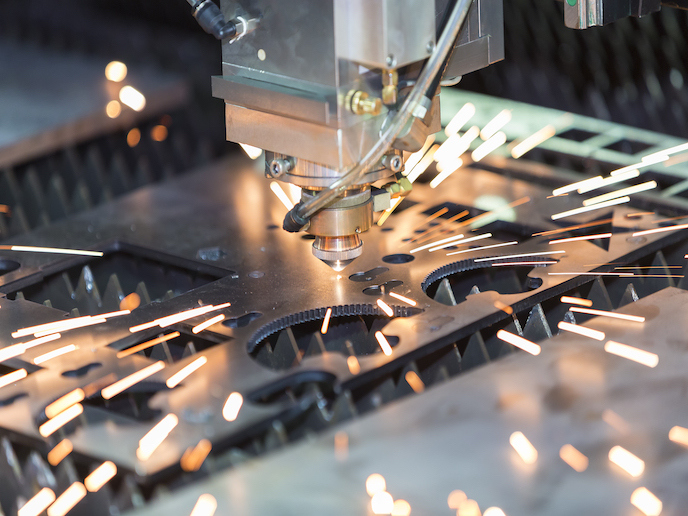'Non-traditional' goes mainstream
The 'Micro ECM for SMEs' (μECM) project was launched to develop an advanced process that can micro-machine materials to an accuracy of 1 000th of a millimetre. A human hair is typically a 100th of a millimetre in diameter. The developed technology has improved the repeatability, accuracy and stability of electrochemical machining (ECM). μECM brought together knowledge-intensive small and medium-sized enterprises (SMEs) and academia in a research project that contributed to bringing innovative ideas to the market. The synergy between higher educational institutes and industry was vital as the μECM partners looked into ways to maximise the benefits of ECM. ECM micro-machining — a non-conventional metalworking process — was on the up when the project was launched in 2010. In a bid to raise standards, μECM partners focused on pulsed ECM, which is faster and within the range of conventional machining speeds. The development of a power supply unit with the capability of generating pulses of nanoseconds' duration allowed overcoming limitations encountered with conventional ECM. The pulse signal applied to electrodes generates high instantaneous currents with sharp ripples, which are beneficial for metal removal. Specifically, during machining, the electrodes at micrometre distance are located relative to the workpiece. The gap between them is filled with a flowing, aqueous electrolyte. With each pulse, an electrical potential is established between the electrodes and the workpiece, causing controlled removal of the electrically conductive material. As each pulse is followed by a longer off-time, the system relaxes and by-products are removed. Such a process involves heavy time-accurate calculations necessary to obtain the current density. Therefore, the μECM researchers proposed a new simulation method that reduces the computational effort and increases machining accuracy. Furthermore, the life span of micro-machined parts is increased with the potential for significant cost efficiencies across the automotive, medical device and aerospace industries. One example of how the new pulsed ECM technology can benefit SMEs is the manufacturing of fuel injection nozzles in diesel cars. Nozzles manufactured with the new micro-machining technique will be able to operate at higher pressure. This means that a finer mist of diesel will be produced in the combustion chamber and burn of the fuel will be controlled, which in turn will lead to reduced emissions.







